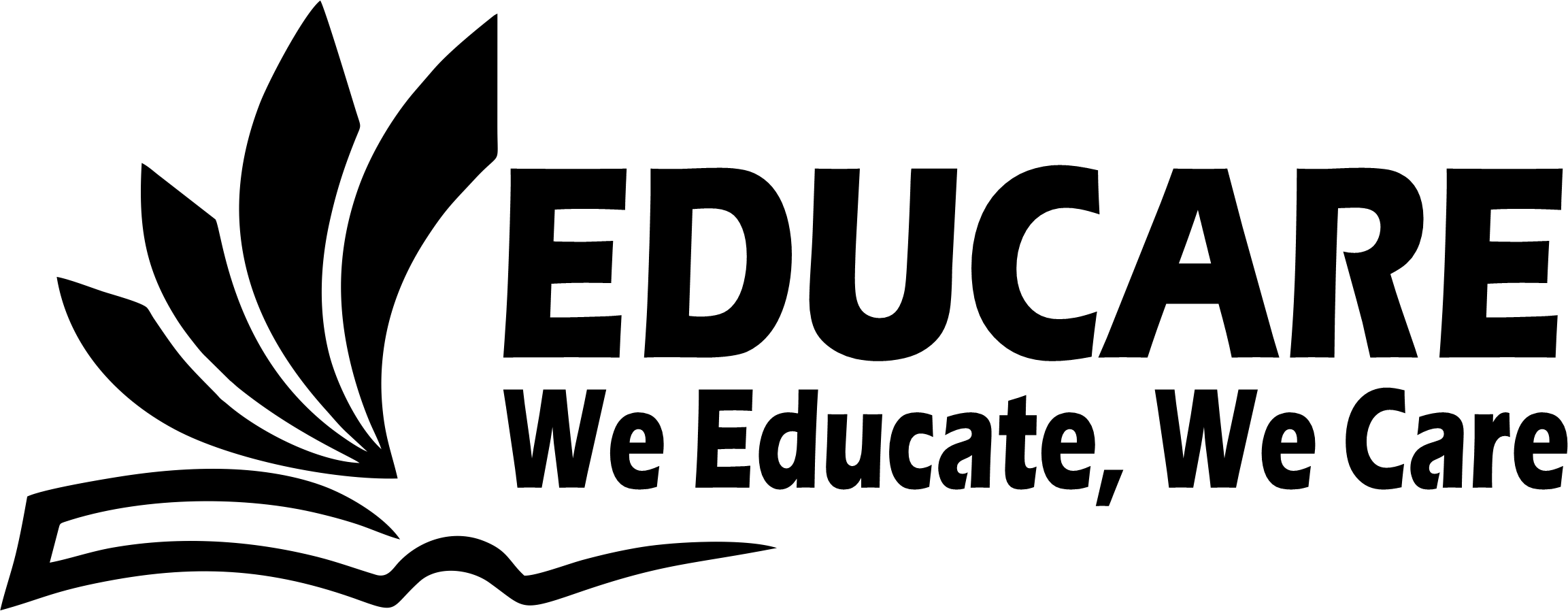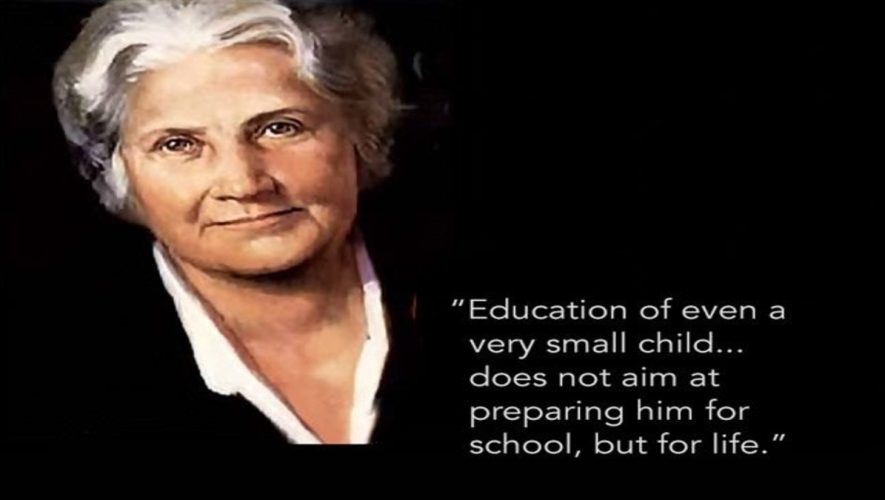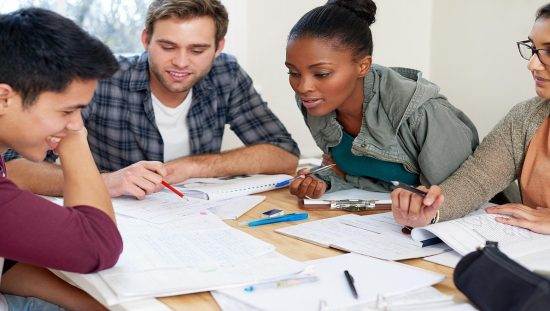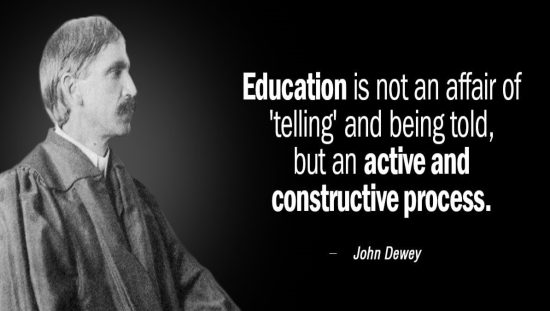Montessori System, Purpose and Method
Maria Montessori was basically a doctor by profession. She was working with mentally handicapped children in Italy in a hospital where she developed a child-centered approach to teach such students. This approach was known as Montessori system of education. It was a system of education for young children that seek to develop natural interest and activities rather than using formal teaching methods.
During her experiments with mentally handicapped children, she proved that by the training of the senses and sense organs, such children could be educated effectively. Although mentally handicapped children cannot use their mind efficiently but they can see, touch, hear, smell and taste. Therefore, if proper guidance and training is provided to use their senses and sense organs, these children may become efficient.
Montessori developed a method of teaching in which the sense training was done by play method. Children learn through play by using their senses and sense organs and therefore, can work like average student. She also proved experimentally that the exact age of training of senses was three to seven years. In this method, children use their hands mostly to work with different objects by engaging them in different activities and games, different concepts are taught to them.
The teacher is there to guide them only; mostly the learning is through self-education. The children are free to work according to their interest and will also at their own speed. They work whenever and whatever they want. They are provided with opportunities to work without any help on self-help basis. Every possible step is taken to train the use and application of senses in the process of learning.
Basic Principles of Montessori system
Following are six basic principles of this system;
1. Freedom and Independence
The freedom is provided to the students so that they can work according to their own interest, will and speed. He has to learn through self-help and therefore he becomes independent and is able to perform different tasks efficiently.
2. Sense Training
Children are provided such opportunities that they can use their senses in learning different concepts especially by using their hands.
3. Muscular Control Training
As children use their body organs to work, therefore muscular control is developed. They are able to use different objects and tools efficiently.
4. Personality Development
The emphasis is given on the overall development of the personality of the child by developing self-confidence as child performs different tasks by himself.
5. Self-Education
There is no formal teacher in this method but the role of the teacher is that of a guide. The children have to learn by their own by handling different objects and tools, therefore the education is self-education.
6. Individuality of the Child
The individuality of child is given due respect as in this method children work individually through self-help. Therefore, their abilities and weaknesses are visible. They work at their own speed, will and interest. Each of them is free to work whenever and whatever he wants. Therefore, their individuality is respected which develops self-confidence and helps in healthy personality.
Material used in Montessori system
- Wooden ladder with ten pieces with each piece of one decimeters length for counting one to ten.
- An Abacus for counting.
- A chain – counting up to 100 and 1000.
- Ball-Frame – Counting above ten.
- Wooden Frame for tables.
- Montessori set with different blocks of wood, shapes color, size etc.
- Montessori sand paper – letters and digits are carved.
- Spindle box – for counting one to ten.
OTHER RELATED POSTS



